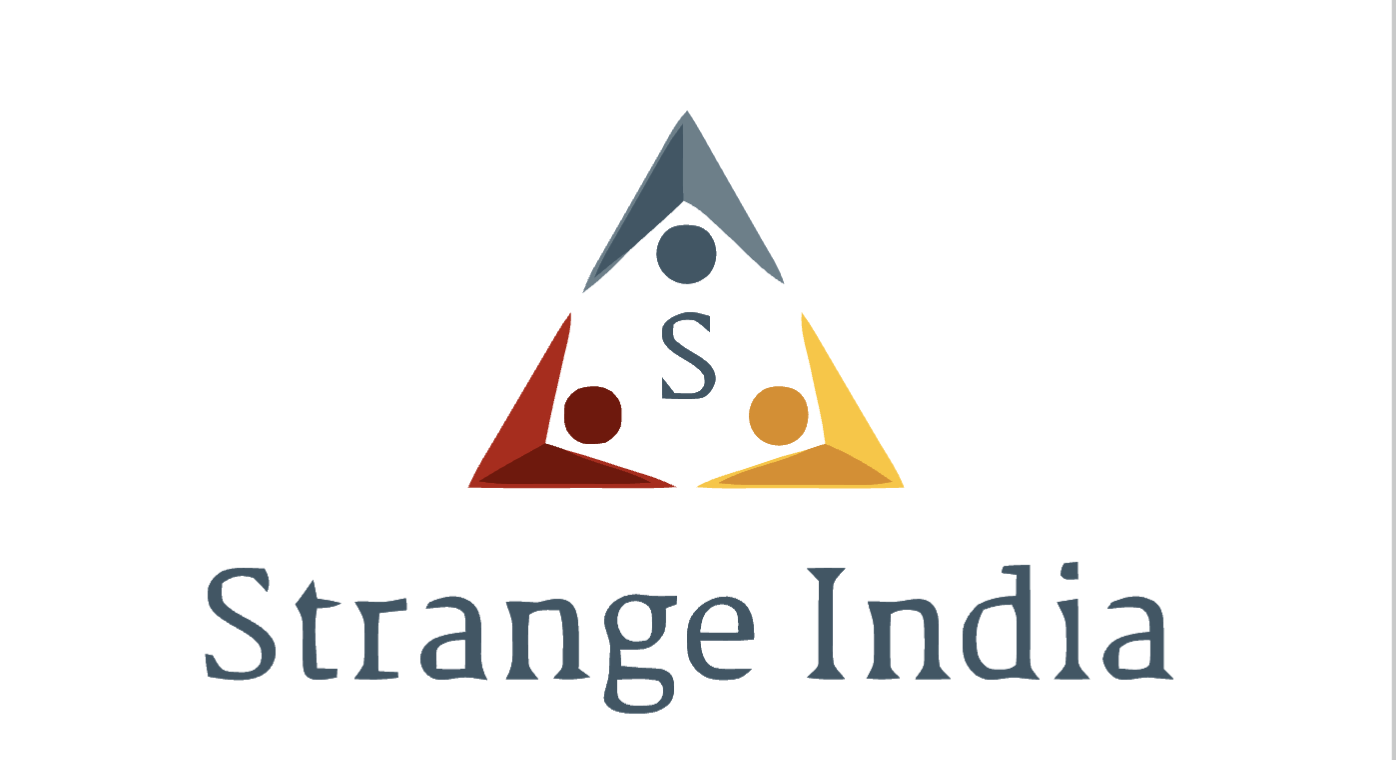Spatzal, T. et al. Evidence for interstitial carbon in nitrogenase FeMo cofactor. Science 334, 940–940 (2011).
Google Scholar
Lancaster, K. M. et al. X-ray emission spectroscopy evidences a central carbon in the nitrogenase iron-molybdenum cofactor. Science 334, 974–977 (2011).
Google Scholar
Seefeldt, L. C. et al. Reduction of substrates by nitrogenases. Chem. Rev. 120, 5082–5106 (2020).
Google Scholar
Spatzal, T., Perez, K. A., Einsle, O., Howard, J. B. & Rees, D. C. Ligand binding to the FeMo-cofactor: structures of CO-bound and reactivated nitrogenase. Science 345, 1620–1623 (2014).
Google Scholar
Sippel, D. et al. A bound reaction intermediate sheds light on the mechanism of nitrogenase. Science 359, 1484–1489 (2018).
Google Scholar
Kang, W., Lee, C. C., Jasniewski, A. J., Ribbe, M. W. & Hu, Y. Structural evidence for a dynamic metallocofactor during N2 reduction by Mo-nitrogenase. Science 368, 1381–1385 (2020).
Google Scholar
Mori, H., Seino, H., Hidai, M. & Mizobe, Y. Isolation of a cubane-type metal sulfido cluster with a molecular nitrogen ligand. Angew. Chem. Int. Ed. 46, 5431–5434 (2007).
Google Scholar
Ohki, Y. et al. N2 activation on a molybdenum–titanium–sulfur cluster. Nat. Commun. 9, 3200 (2018).
Google Scholar
McSkimming, A. & Suess, D. L. M. Dinitrogen binding and activation at a molybdenum–iron–sulfur cluster. Nat. Chem. 13, 666–670 (2021).
Google Scholar
Smith, B. E. et al. Exploring the reactivity of the isolated iron-molybdenum cofactor of nitrogenase. Coord. Chem. Rev. 185–186, 669–687 (1999).
Google Scholar
Ohki, Y. et al. Cubane-type [Mo3S4M] clusters with first-row groups 4–10 transition-metal halides supported by C5Me5 ligands on molybdenum. Chem. Eur. J. 24, 17138–17147 (2018).
Google Scholar
Ohki, Y. et al. Synthesis of [Mo3S4] clusters from half-sandwich molybdenum(V) chlorides and their application as platforms for [Mo3S4Fe] cubes. Inorg. Chem. 58, 5230–5240 (2019).
Google Scholar
Jasniewski, A. J., Lee, C. C., Ribbe, M. W. & Hu, Y. Reactivity, mechanism, and assembly of the alternative nitrogenases. Chem. Rev. 120, 5107–5157 (2020).
Google Scholar
Chalkley, M. J., Drover, M. W. & Peters, J. C. Catalytic N2-to-NH3 (or -N2H4) conversion by well-defined molecular coordination complexes. Chem. Rev. 120, 5582–5636 (2020).
Google Scholar
Tanabe, Y. & Nishibayashi, Y. Comprehensive insights into synthetic nitrogen fixation assisted by molecular catalysts under ambient or mild con. Chem. Soc. Rev. 50, 5201–5242 (2021).
Google Scholar
Lee, S. C. & Holm, R. H. The clusters of nitrogenase: synthetic methodology in the construction of weak-field clusters. Chem. Rev. 104, 1135–1157 (2004).
Google Scholar
Tanifuji, K. & Ohki, Y. Metal–sulfur compounds in N2 reduction and nitrogenase-related chemistry. Chem. Rev. 120, 5194–5251 (2020).
Google Scholar
Hazari, N. Homogeneous iron complexes for the conversion of dinitrogen into ammonia and hydrazine. Chem. Soc. Rev. 39, 4044–4056 (2010).
Google Scholar
Čorić, I., Mercado, B. Q., Bill, E., Vinyard, D. J. & Holland, P. L. Binding of dinitrogen to an iron–sulfur–carbon site. Nature 526, 96–99 (2015).
Google Scholar
Anderson, J. S., Rittle, J. & Peters, J. C. Catalytic conversion of nitrogen to ammonia by an iron model complex. Nature 501, 84–87 (2013).
Google Scholar
Yuki, M. et al. Iron-catalysed transformation of molecular dinitrogen into silylamine under ambient conditions. Nat. Commun. 3, 1254 (2012).
Google Scholar
Ung, G. & Peters, J. C. Low-temperature N2 binding to two-coordinate L2Fe0 enables reductive trapping of L2FeN2− and NH3 generation. Angew. Chem. Int. Ed. 54, 532–535 (2015).
Google Scholar
Araake, R., Sakadani, K., Tada, M., Sakai, Y. & Ohki, Y. [Fe4] and [Fe6] hydride clusters supported by phosphines: synthesis, characterization, and application in N2 reduction. J. Am. Chem. Soc. 139, 5596–5606 (2017).
Google Scholar
Piascik, A. D., Li, R., Wilkinson, H. J., Green, J. C. & Ashley, A. E. Fe-catalyzed conversion of N2 to N(SiMe3)3 via an Fe-hydrazido resting state. J. Am. Chem. Soc. 140, 10691–10694 (2018).
Google Scholar
Liang, Q. et al. [2Fe–2S] cluster supported by redox-active o-phenylenediamide ligands and its application toward dinitrogen reduction. Inorg. Chem. 60, 13811–13820 (2021).
Google Scholar
Tanaka, H. et al. Molybdenum-catalyzed transformation of molecular dinitrogen into silylamine: experimental and DFT study on the remarkable role of ferrocenyldiphosphine ligands. J. Am. Chem. Soc. 133, 3498–3506 (2011).
Google Scholar
Li, M., Gupta, S. K., Dechert, S., Demeshko, S. & Meyer, F. Merging pincer motifs and potential metal-metal cooperativity in cobalt dinitrogen chemistry: efficient catalytic silylation of N2 to N(SiMe3)3. Angew. Chem. Int. Ed. 60, 14480–14487 (2021).
Google Scholar
Siedschlag, R. B. et al. Catalytic silylation of dinitrogen with a dicobalt complex. J. Am. Chem. Soc. 137, 4638–4641 (2015).
Google Scholar
Piascik, A. D. et al. Cationic silyldiazenido complexes of the Fe(diphosphine)2(N2) platform: structural and electronic models for an elusive first intermediate in N2 fixation. Chem. Commun. 53, 7657–7660 (2017).
Google Scholar
Lee, Y., Mankad, N. P. & Peters, J. C. Triggering N2 uptake via redox-induced expulsion of coordinated NH3 and N2 silylation at trigonal bipyramidal iron. Nat. Chem. 2, 558–565 (2010).
Google Scholar
Rao, P. V. & Holm, R. H. Synthetic analogues of the active sites of iron−sulfur proteins. Chem. Rev. 104, 527–560 (2004).
Google Scholar
Neese, F. Prediction and interpretation of the 57Fe isomer shift in Mössbauer spectra by density functional theory. Inorg. Chim. Acta 337, 181–192 (2002).
Google Scholar
Dorantes, M. J., Moore, J. T., Bill, E., Mienert, B. & Lu, C. C. Bimetallic iron–tin catalyst for N2 to NH3 and a silyldiazenido model intermediate. Chem. Commun. 56, 11030–11033 (2020).
Google Scholar
